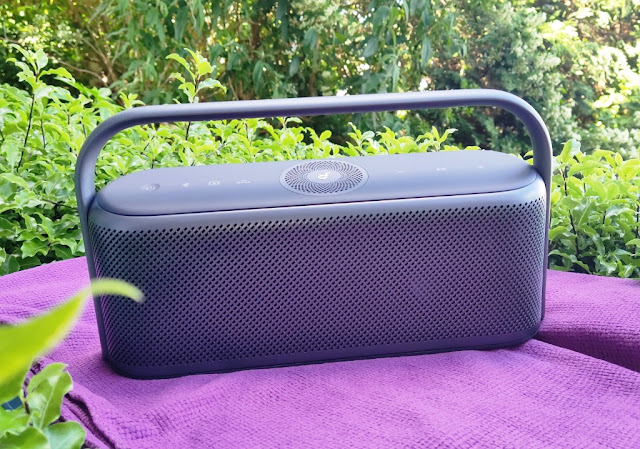articles
Open Source Smart Switch Board With ESP8266 WiFi, ATtiny85 And Android App!
Wednesday, April 13, 2016
The two main ingredients that make the magic of wireless automation of a connected device possible are actually a relay and a WiFi chip. Smart switch closed source solutions such as My N3RD or LazyBone are great but if you are looking for a similar solution that is open source you may want to check out the ESP8266 WiFi switch by Armtronix. Typically, I like taking the do-it-yourself/open source route because you can customize things and it's usually more fun playing around with breadboards and jumper wires and building WiFi relay switches from scratch!
If you are new to the world of Internet Of Things home automation, the WiFi switch solution by Armtronix is a good introduction for newbies because the switch board is already pre-loaded with Attiny 85 Arduino Bootloader and you get free access to both the source for the Attiny 85 and Android app. The app itself features a relay trigger button, voice command button and sensor status query button.
Also, the smart switch board has a 6-pin AVR ISP programming header which allows you to connect to a microcontroller board like the Arduino UNO, allowing you to upload software to the MCU (microcontroller unit) without having to pull it out every time.
The onboard WiFi switch also features a relay, a direct plugin for the ESP8266 WiFi chip module
and an Attiny85 microcontroller which can run at either 5V or 3.3V (3V3), depending on jumper position. The board also features a LED for GPIO testing, and an open GPIO header with positive voltage (VCC) and ground (GND) for connecting sensors like passive infrared (PIR) and temperature/humidity (DHT11) sensors.
See more at:












0 comments